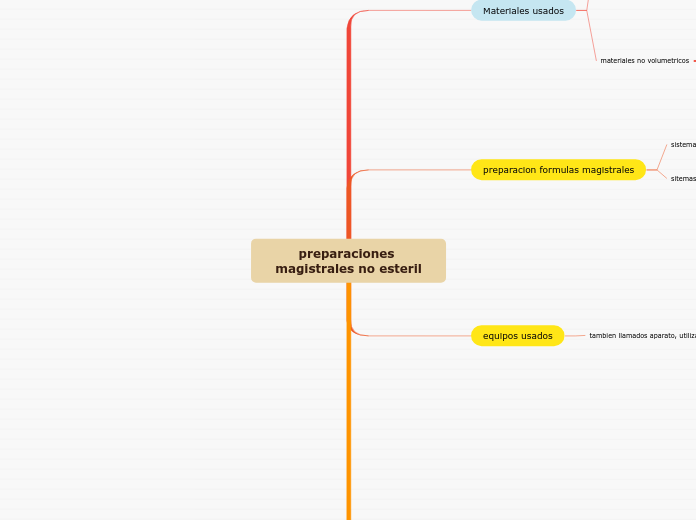jonka angie paola cueltan culchac 4 vuotta sitten
269
preparaciones magistrales no esteril

jonka angie paola cueltan culchac 4 vuotta sitten
269

Lisää tämän kaltaisia

To name your story, you have to think about the overall message and what you want your audience to understand from the story. Also, make it relevant and easy to remember.
supervisar el retiro de los medicamentos vencidos a un área separada.
debe elaborar las normas de higiene del personal
responsabilidad sobre las preparaciones en su farmacia o en los servicios farmacéuticos a su cargo
informar a la autoridad sanitaria y al propietario de establecimiento con un mes anticipación la renuncia de la regencia
vigilar y supervisar que el funcionamiento y las actividades de la farmacia se desarrollen dentro del marco legal vigente
deberá promover y actualizar la información de las personas que interviene en las operaciones de elaboración y control
The ending of a story is essential. We all know that if the ending is weak, what happened before loses its importance. So make it unpredictable, but fair. A resolved ending answers all the questions and ties up any loose threads from the plot.
nevera con congelador
pildoreros
equipo de filtracion esterilizantes
capsuladora con juego completo
maquina de comprimir
sistema para medir el punto de fusion
sistema para determinar el ph
material de vidrio diverso
sistema de produccion de calor
lente de aumento
termometro
agitador
espatula de goma y metal
sistema de baño de agua
mortero de vidrio
The middle of the story is where you add layers of complications that will lead to the end. Reveal more about the character's journey. Did their personality go through changes? How did they overcome the challenges? And as you build up the story’s central conflict, make it more personal to that character. Also, from the middle act, you have to lead into the final act.
Your character(s) need(s) motivation in order to solve the challenge(s).
Secondary characters also might have motivs beacuse of which they may cross path with main character or which might trigger them to help the main character.
Secondary characters might also have motives that lead them to cross paths with the main character or which might trigger them to help the main character.
Why does your character need to confront this challenge? What does he/she expect to accomplish by solving it?
See a few examples:
Each story has a main character and that character usually needs to solve a problem or challenge. The character's challenge is the one that creates tension throughout the story.
In the beginning of the story (or the exposition), you will need to introduce the setting and characters. You might also want to introduce the main conflict. This part of the story is important because it gives the reader necessary background information and maybe even a first insight into a character’s personality.
The setting (time & place) of a story can change throughout the plot.